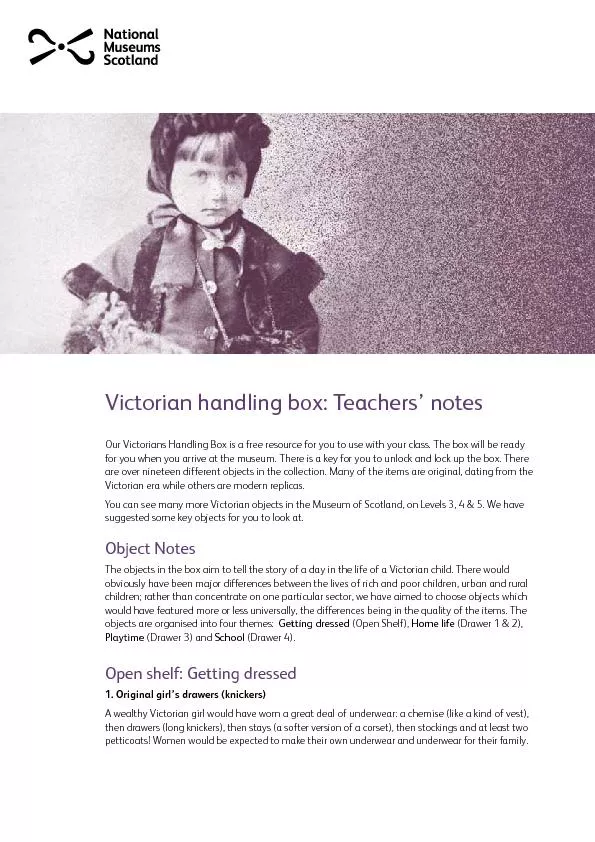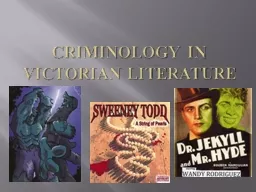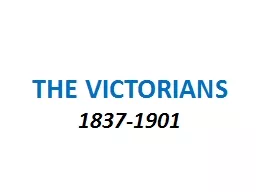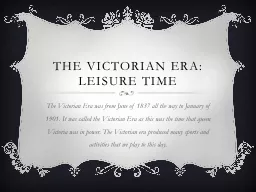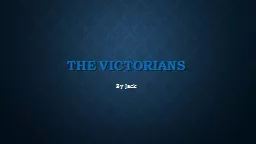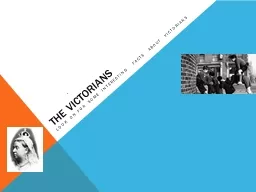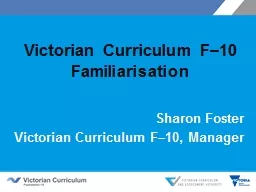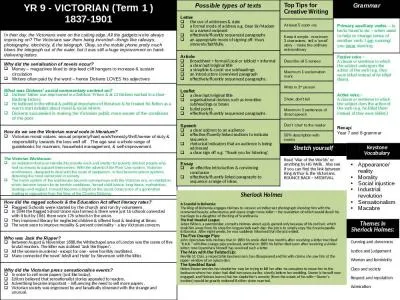PDF-Victorian handling box: Teachers’ notesOur Victorians Handling Bo
Author : karlyn-bohler | Published Date : 2016-07-09
The drawers are designed to cover most of the leg to show your legs or an ankle was seen as being unrespectable They are open at the legs to make it easier to go
Presentation Embed Code
Download Presentation
Download Presentation The PPT/PDF document "Victorian handling box: Teachers’ n..." is the property of its rightful owner. Permission is granted to download and print the materials on this website for personal, non-commercial use only, and to display it on your personal computer provided you do not modify the materials and that you retain all copyright notices contained in the materials. By downloading content from our website, you accept the terms of this agreement.
Victorian handling box: Teachers’ notesOur Victorians Handling Bo: Transcript
Download Rules Of Document
"Victorian handling box: Teachers’ notesOur Victorians Handling Bo"The content belongs to its owner. You may download and print it for personal use, without modification, and keep all copyright notices. By downloading, you agree to these terms.
Related Documents

